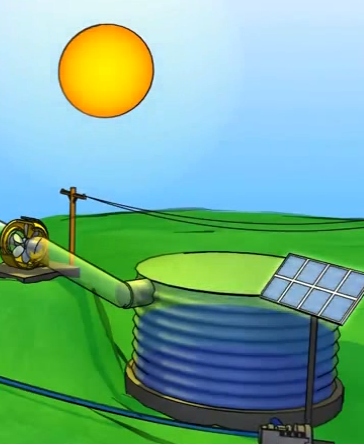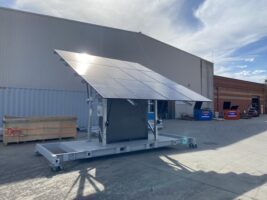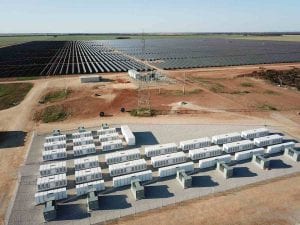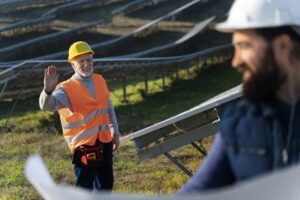Work has begun on the construction of a $190 million renewable energy park in NSW that will harness the power of the sun, the wind and water, despite Australia’s unfavourable policy environment and continued uncertainty around the Renewable Energy Target.
Pamada, the property development and renewables company behind Kyoto Energy Park in Scone, announced last month that works were “well underway” at the Upper Hunter Valley site, with the arrival of the first earth moving equipment.
“Yes we have started work. We have access happening, but we will then continue in a measured way to do everything we can until hopefully government policy changes a little bit better for investor outlook in renewables,” project director Mark Sydney told the ABC.

Plans for the wind and solar farm – which also included a 1MW closed-loop hydro plant – were approved by the NSW government back in early 2010.
Once completed, the Kyoto Energy Park is expected to be able to generate as much as 113MW of electricity – enough to power 47,000 homes in the region each year – as well as to reduce water consumption by 600 million litres annually, and cut an estimated 6.5 million tonnes of CO2 emissions over the life of the project.
It will also be used to trial smart grid technology in conjunction with the CSIRO.
Pamada has also chosen to engage local contractors only on the project to date, including the use of Scone-based No Bull Building for the stage one works.
The deliberately low-key company said additional construction would “continue quietly, progressing Stage 1 activities and developing the detail for the commencement of the Stage 2 works to follow as soon as possible.”
Stage two, it said, would involve the development of the plant’s substation and ancillary works; while stage three would see the development of the 10MW solar PV Plant, and stage four the installation of a 34 turbine wind farm.

The 1MW hydro plant would be used primarily as a ‘water battery’, the company said, to provide storage for excess energy produced for later discharge back into the grid.
“The Mini-hydo system is a closed loop process meaning once the system is charged it will not require additional water resources like a conventional hydro plant,” says the Kyoto Energy Park website.
“A closed loop mini-hydro system would provide a power generation source that can be fed into the grid supplementing local electricity demand during peak periods.
“In addition surplus energy from the Park can be stored in the system during periods when the Park is off-grid for later discharge during peak periods.”










